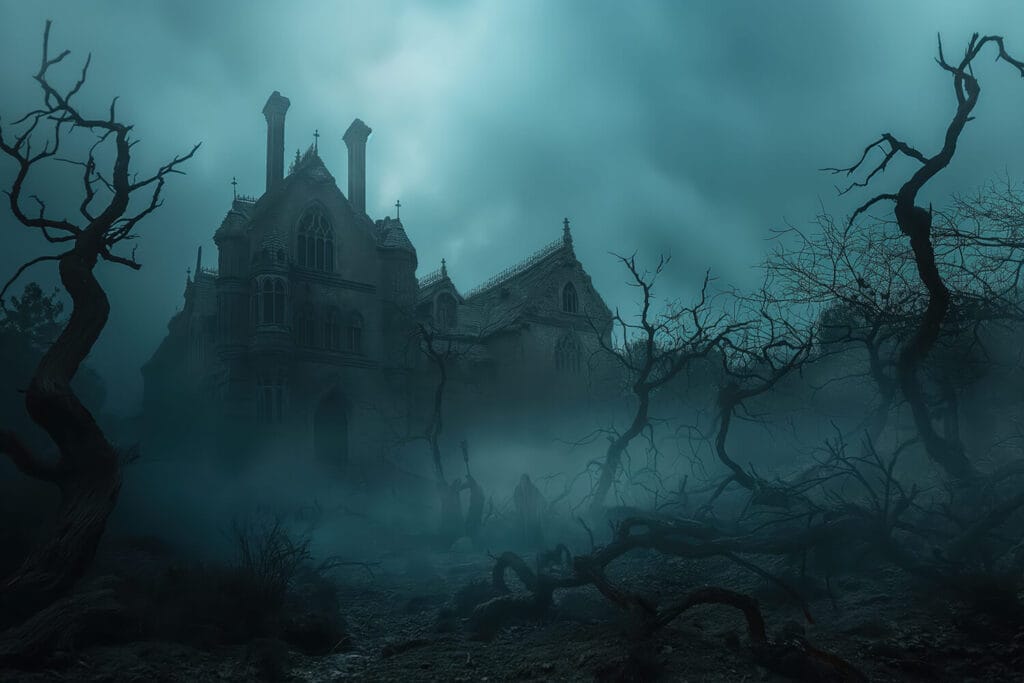
Haunted Road Trips to Nacogdoches
A haunted road trip to Nacogdoches invites you to explore one of the most chilling yet captivating corners of East
Home » Ghost Town Route
Step into the past with a Texas ghost town road trip — where time stands still and history whispers through abandoned buildings, dusty streets, and forgotten ruins. From desert mining outposts to railroad towns that faded with the frontier, Texas is filled with atmospheric ghost towns waiting to be explored. Our Ghost Town Route guide maps out the most fascinating sites, with tips on how to reach them, what to see, and how to safely and respectfully explore Texas’s eeriest and most photogenic relics of the Old West.

A haunted road trip to Nacogdoches invites you to explore one of the most chilling yet captivating corners of East
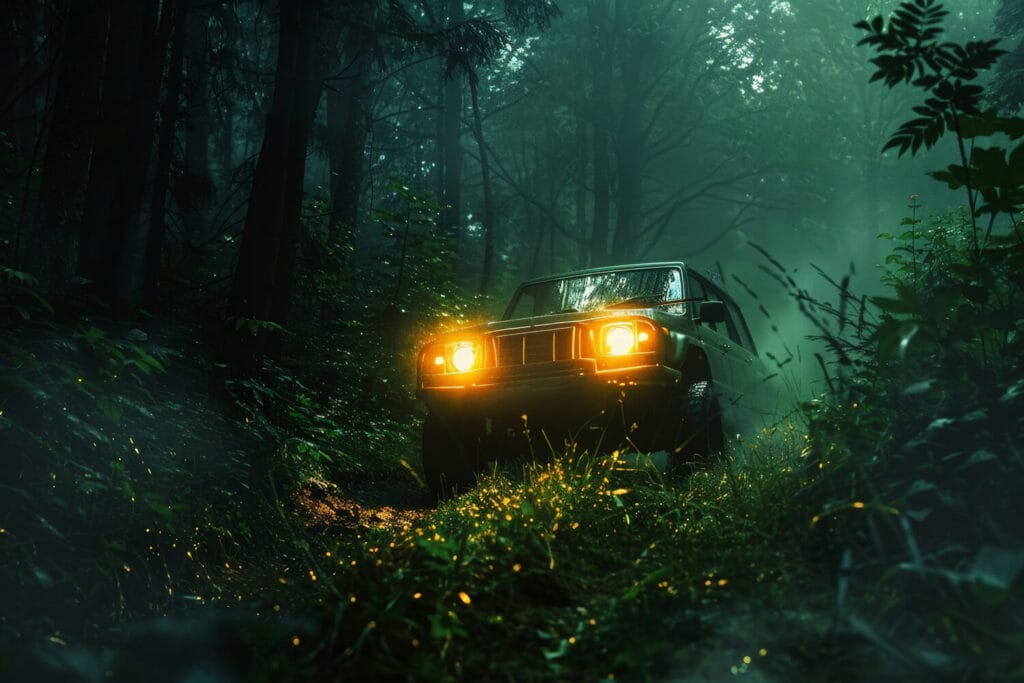
Do you love a good ghost story or crave spine-tingling adventures on the open road? A haunted road trip near
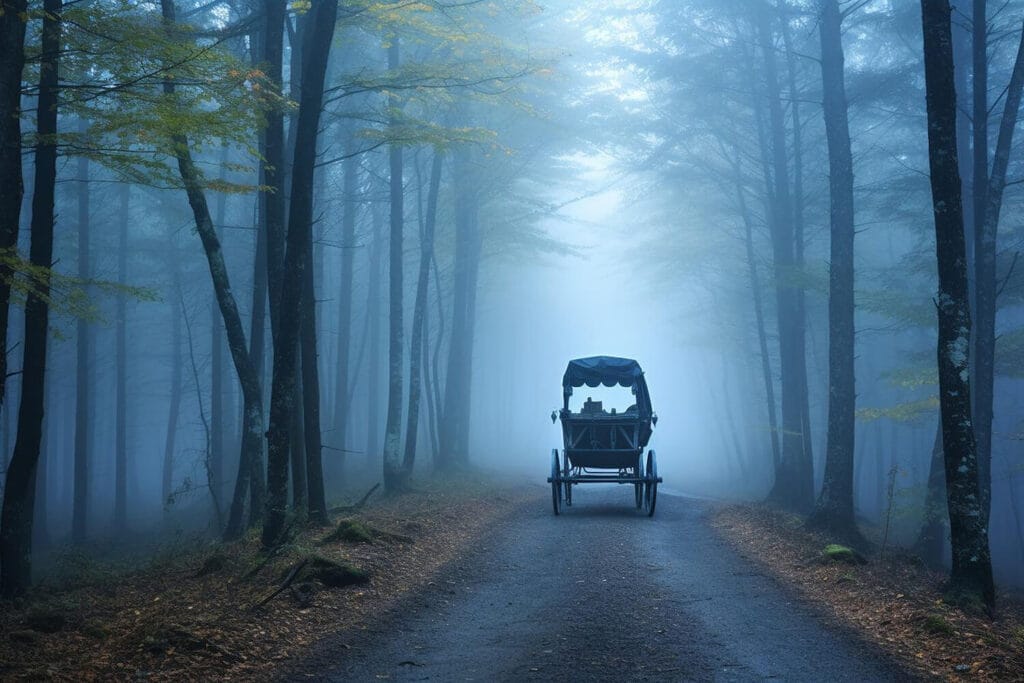
Craving a road trip with a chilling twist? A spooky road trip to Odessa’s haunted and historic sites is the
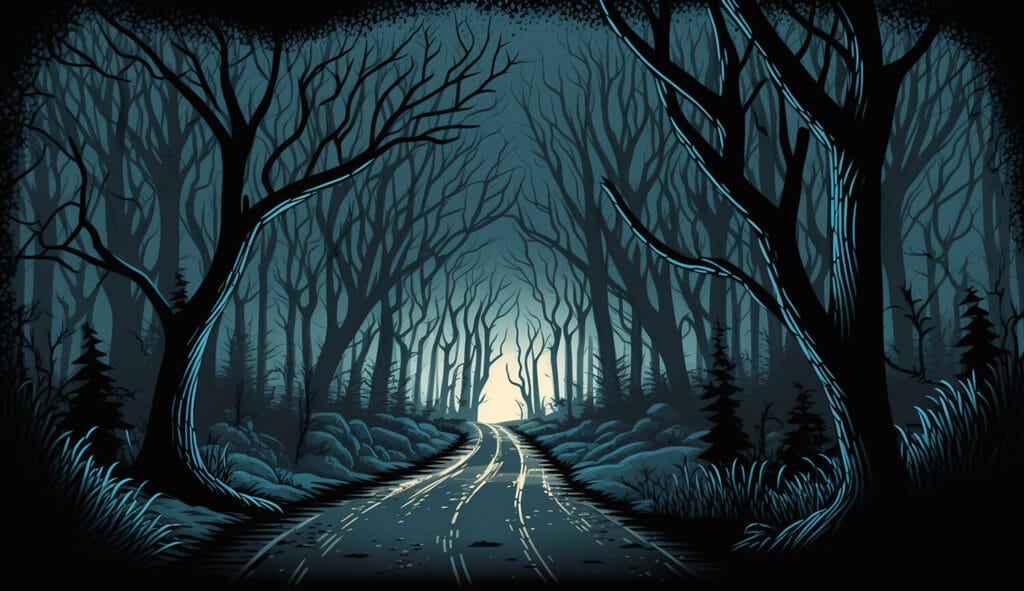
Ghostly whispers, forgotten cemeteries, and eerie old buildings—Central Texas is rich with chilling stories, and Round Rock is the perfect

Haunted legends and spooky road trips around The Woodlands are perfect for thrill-seekers, ghost story lovers, and anyone intrigued by
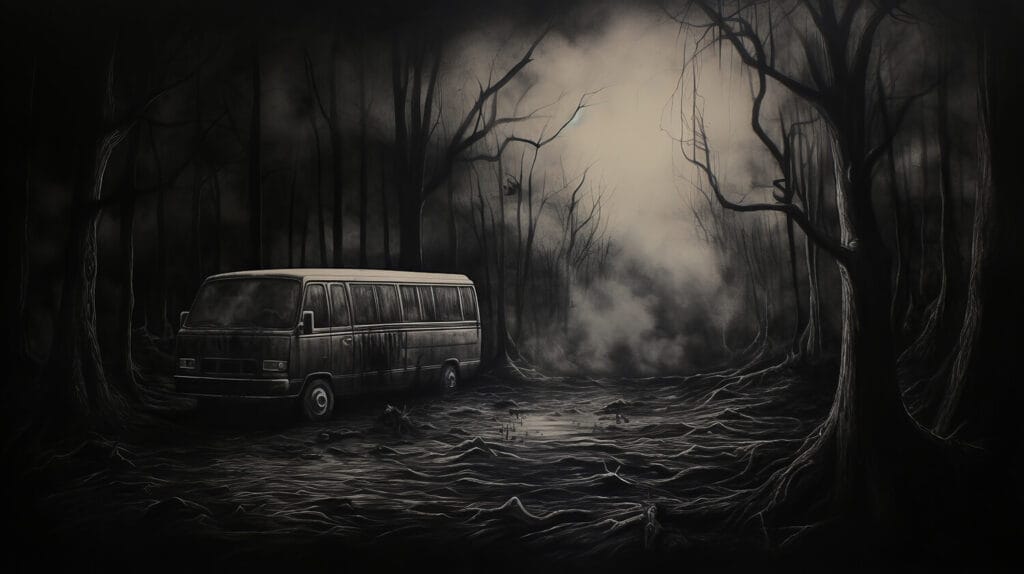
Ready to trade scenic routes for spine-tingling stories? A spooky road trip from Midland, Texas offers just the right blend
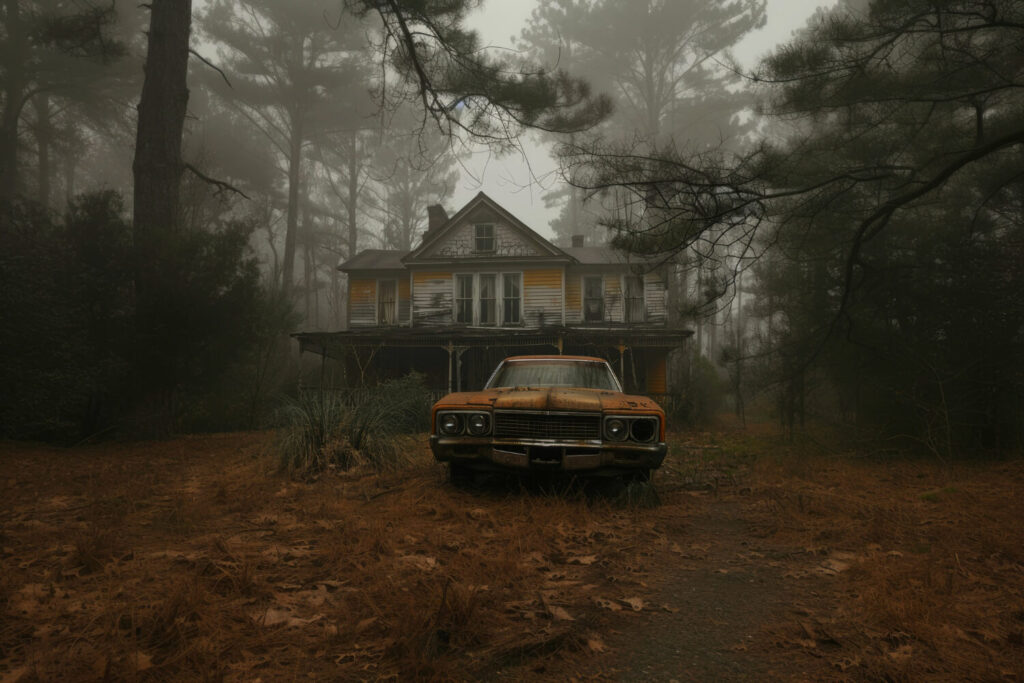
If you’re a thrill-seeker craving ghost stories, spine-tingling history, and shadowy legends, haunted road trips near Killeen are sure to

If you’re the kind of traveler who loves the thrill of a chilling tale or the allure of a long-forgotten
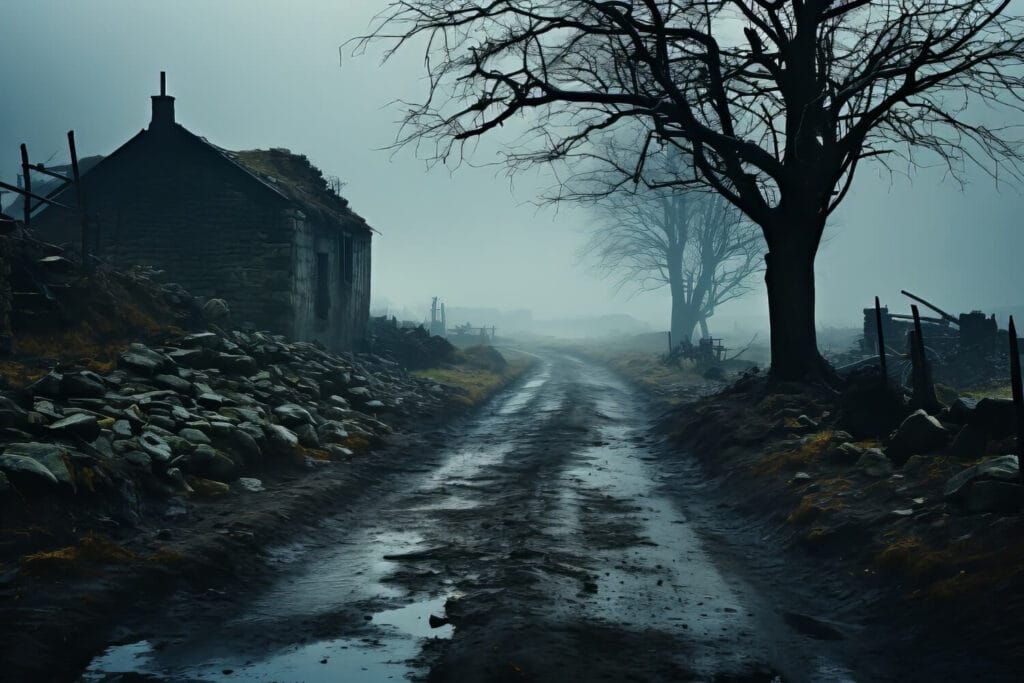
Where the desert meets the dusk, and silence hangs heavier than the heat, Marfa becomes more than just a quiet

Marfa may be remote, but that’s exactly what makes it the perfect base for day trips into the bold and
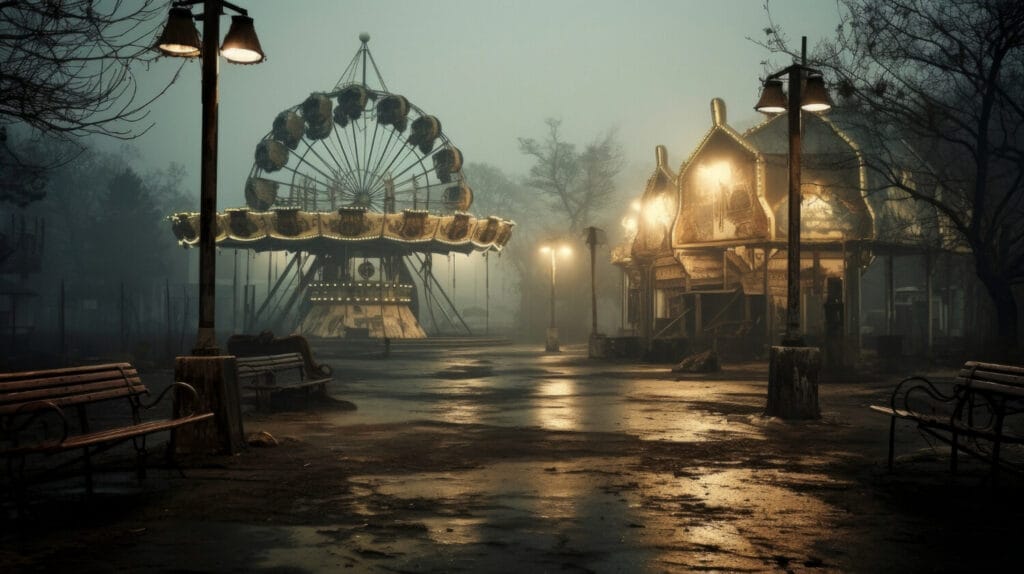
Galveston is one of the most haunted cities in Texas, making it the ultimate destination for a spooky road trip
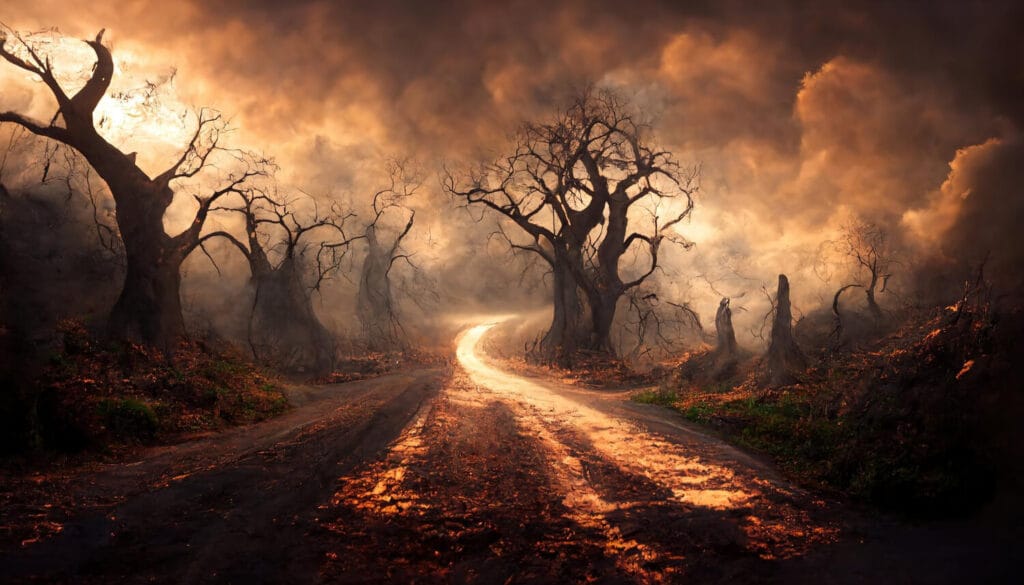
If you’re a fan of the supernatural or just love a good ghost story, a haunted road trip to Waco,

El Paso isn’t just known for desert sunsets and mountain hikes—it also hides a dark, spine-tingling side. Nestled among its
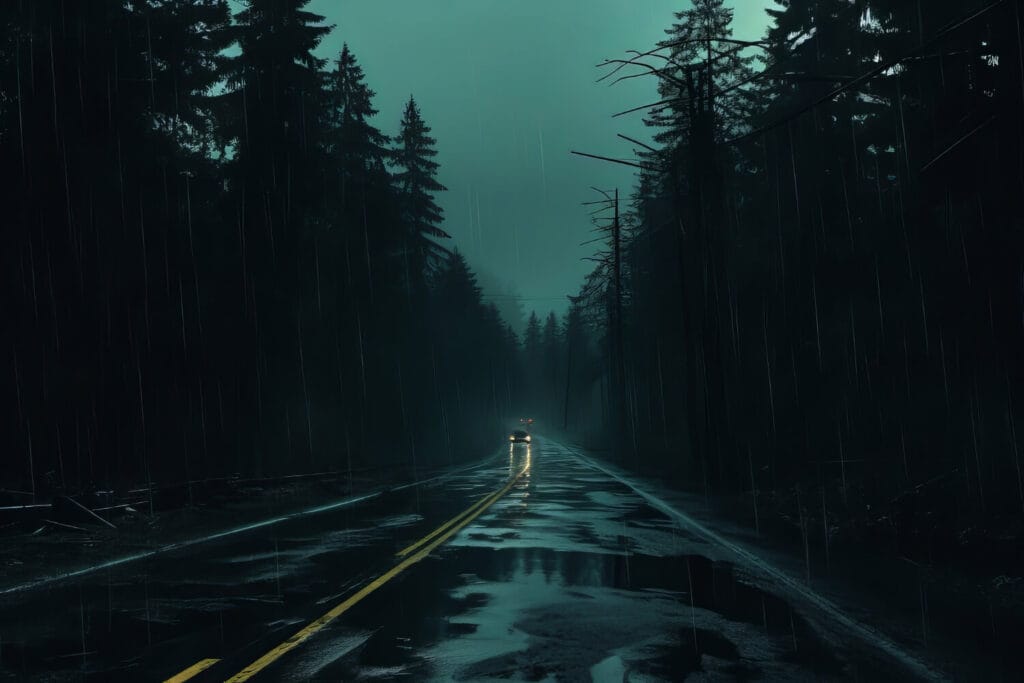
Looking to add a little thrill to your next Texas road trip? Abilene may be known for its Western heritage

When you think of Fort Worth, the Stockyards and Sundance Square probably come to mind. But just beyond the city’s
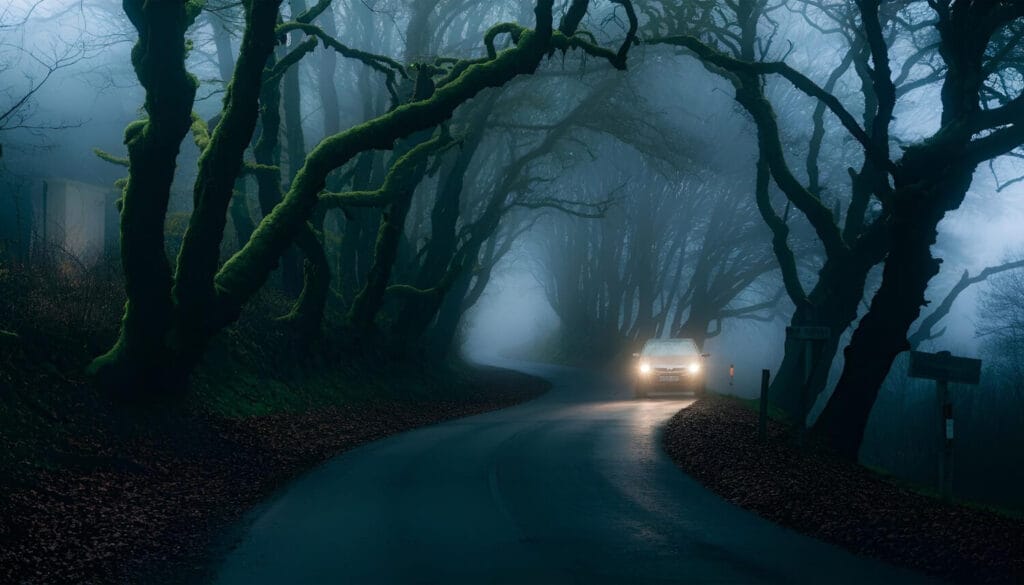
If you’re drawn to shadowy legends, haunted hotels, or cemeteries whispering forgotten stories, Fort Worth is the perfect basecamp for
Top ghost towns include Terlingua near Big Bend, known for its adobe ruins and quirky locals; Shafter, a quiet mining town with a scenic cemetery; and Indianola, a coastal ghost town once destined to rival Galveston. Other must-sees include Lobo, Toyah, and the partially inhabited town of Langtry. Each offers a different glimpse into Texas history — from silver mining and oil booms to forgotten railway towns. Our guide includes directions, highlights, and travel tips for each ghost town on the route.
Yes, most are safe, especially those with accessible roads and small populations. However, some ghost towns are remote, partially collapsed, or located on private land. Always respect no-trespassing signs, avoid unstable structures, and research road conditions ahead of time. Bring water, a first-aid kit, and a map, especially in West Texas. Our guide offers safety checklists and recommendations for which towns are better suited to casual travelers versus experienced explorers.
Absolutely. You can easily plan a 2–3 day loop from Austin or San Antonio to towns like Llano, Castell, and Fredericksburg, which feature semi-abandoned areas and historical sites. For a spookier, more remote experience, head west toward Alpine and Marfa, then loop through Terlingua and Shafter. Our weekend-friendly itineraries help you choose routes based on distance, road access, overnight options, and nearby attractions so you can enjoy a ghost town adventure without rushing.
Some popular ghost towns like Terlingua offer walking tours, historic markers, and storytelling events, especially around Halloween or festival weekends. In towns like Calvert or Jefferson, you can find haunted history tours that blend ghost stories with local lore. Many towns also have local museums or visitor centers with maps and historical context. Our guide lists tour operators, annual ghost town events, and self-guided options to make your trip informative and immersive.
Pack sturdy shoes, sunscreen, water, snacks, a flashlight, a portable phone charger, and a printed map or offline GPS. Some ghost towns lack cell service and restrooms, so plan accordingly. If you’re photographing or filming, bring a camera, tripod, and extra batteries. A wide-brim hat and breathable clothing help with sun exposure. Our ghost town packing list includes safety essentials and tips to help you stay comfortable and respectful while exploring abandoned spaces.
Fall and spring are ideal due to cooler weather and clearer skies. Summer can be extremely hot and unsafe for remote travel without shade. Winter is peaceful, but daylight hours are shorter. If you want to capture dramatic photos or enjoy stargazing, plan for golden hour or early morning visits. Our seasonal travel tips help you pick the right months for your ghost town route based on comfort, road access, and potential events.
Yes — towns like Terlingua and Marathon offer unique lodging like desert cabins, rustic motels, and even glamping tents. Marfa, Alpine, and Fort Davis are good nearby hubs for ghost town loops. In more remote areas, camping is possible with permission or within designated state park zones. Our guide lists the best overnight options for comfort, proximity, and atmosphere — from spooky stays to scenic solitude under the Texas stars.
Filter by city, theme, or trip length. Your perfect journey starts here.